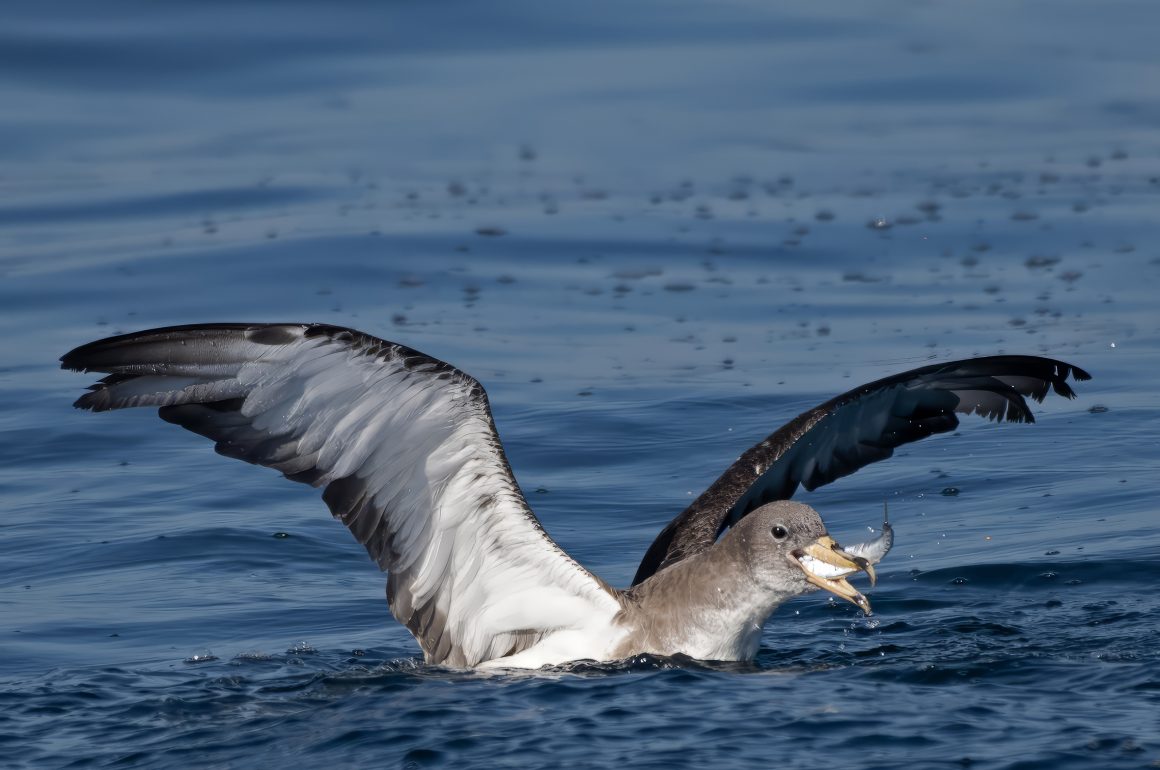
I associate different times of the year with particular birds and bird movements. In some cases, I have been following these events since childhood and they have become a part of my life. One such period has just started and will continue into September. As the climatic conditions over the Mediterranean become stable in the summer months, the water column becomes very stratified and little nutrient and plankton gets to the surface. The winter storms churn all this up and make the Mediterranean a place worth entering if you’re a seabird. But now, it’s time to go for many species.
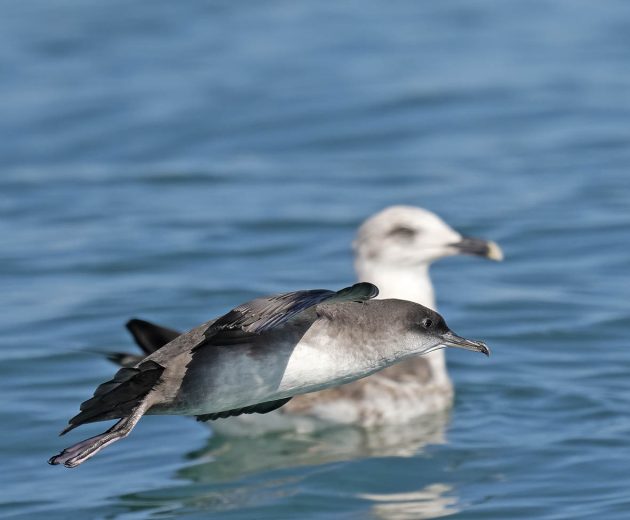
For a seabird, life in the Mediterranean is one of seizing the cornucopia before the desert sets in once more. It all starts in May and June with the departure of Balearic Shearwaters Puffinus mauretanicus. They breed early and now it’s time to move out into the Atlantic. This first stage is a moult migration and it will take many all the way up to the English Channel. It’s only with the return of the low pressure systems in October that the Balearic Shearwaters come back and get ready to make the most of the winter and early spring productivity to breed.
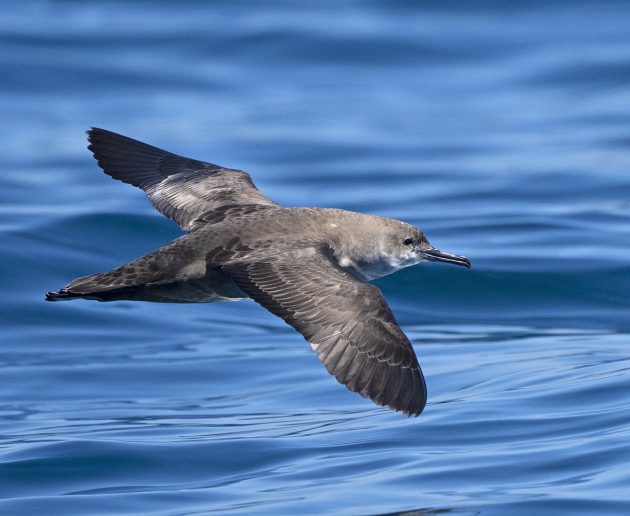
This time also marks the start of the exit of Audouin’s Gulls Ichthyaetus audouinii. I remember the early eighties when these birds were rare and I also recall the sudden increase in numbers as the Ebro Delta colony was established. From very few birds I would see hundreds while sea-watching at Europa Point, Gibraltar. This has to be the best place in the world to see these birds up close and in large numbers. With south-westerlies they come right up to the cliffs as they make their way out towards the coast of West Africa where they will spend the winter. Like the Balearic Shearwaters, they return early, in February, to make the most of the productivity of the Mediterranean. Some hang around the Strait of Gibraltar all winter, the incoming Atlantic currents making a living possible here.
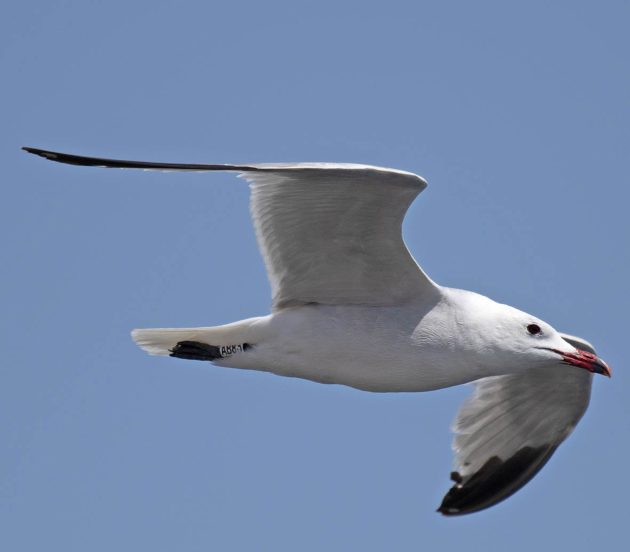
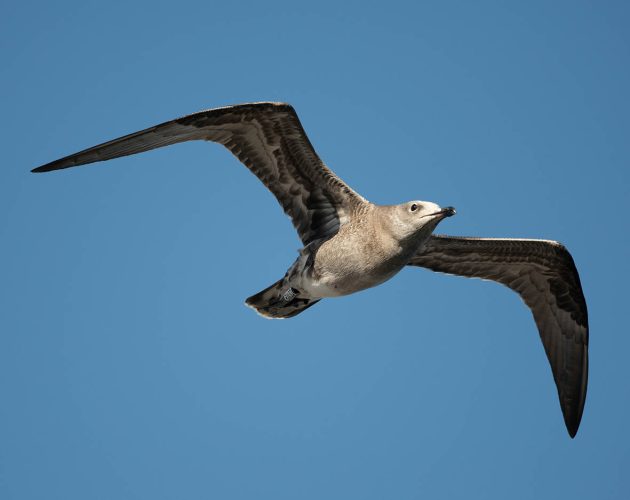
Something similar happens to the Yellow-legged Gulls Larus michahellis. They are now finishing the breeding season and leave the breeding colonies. Some travel down the Atlantic coast of Morocco or up the coast of Iberia, also to moult, but many now hang around the Strait. In their case, it’s rubbish tips that allow them to remain resident. These gulls are back at the breeding colonies in October, even though they don’t lay eggs until April. Setting up nesting territory in these highly aggressive and competitive gulls seems to push them towards an early arrival at the colonies.
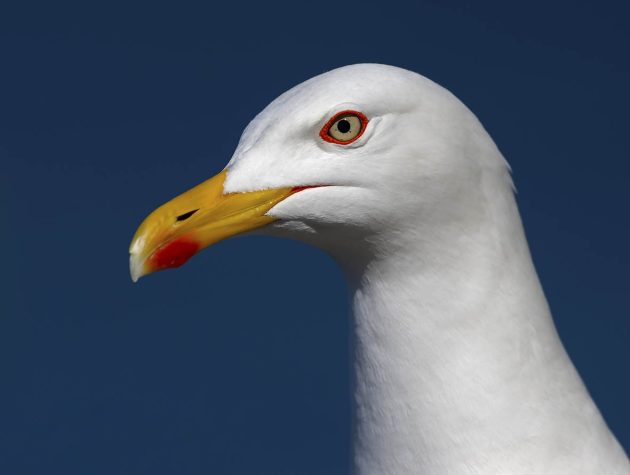
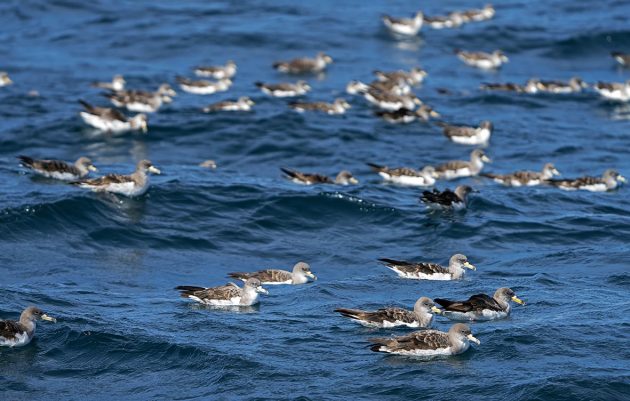
The biggest spectacle of the summer comes when the flying fish pass in August and September. It attracts many predators and Cory’s Shearwaters Calonectris borealis are the stars of the show. They gather in the Strait of Gibraltar in large rafts and watch out for the fish to show up. It’s usually dolphins and tuna that find and chase them to the surface, where the shearwaters lie in wait.
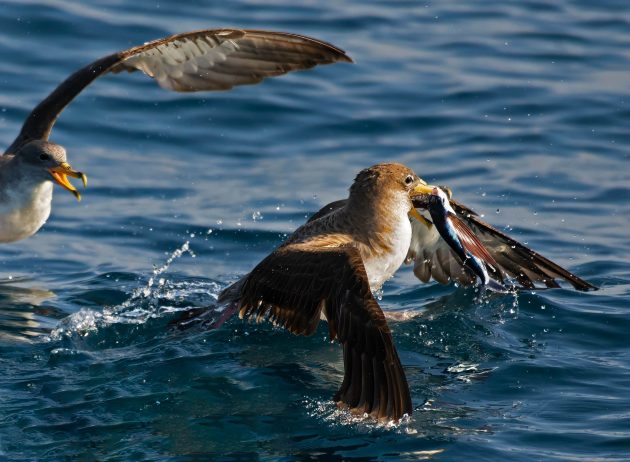
Shortly after, the Cory’s Shearwaters gather to migrate towards southern Africa as do the Scopoli’s Shearwaters Calonectris diomedea that have bred in the Mediterranean. The Cory’s Shearwaters belong to Atlantic populations with a few actually breeding in this westernmost part of the Mediterranean. As with the other seabirds, both also return early, in February.
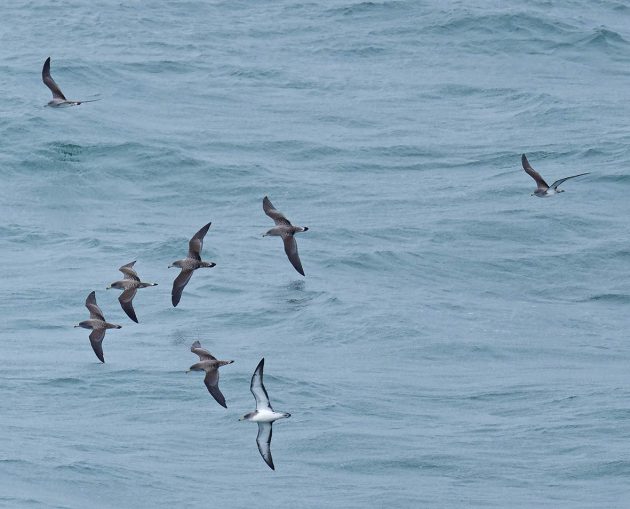











Clive, I’m loving your articles, especially since work takes us to the Campo de Gibraltar each October! I expect I will be much better informed for our next trip.
He disfrutado mucho con este artículo, como siempre con este autor. Se ve que detrás hay mucha experiencia y conocimiento, además de un gran entusiasmo y fotos espectaculares.
Overall, this piece is a wonderful celebration of nature’s resilience and the intricate dance of life in the Mediterranean. It’s a reminder of how interconnected ecosystems are and how vital it is to preserve these delicate balances. Looking forward to more insights from Clive Finlayson’s observations!
Your desert is my cornucopia, Clive. Those Balearic Shearwaters are now in my front yard – most spend the “desert time” on the Atlantic Ocean off Portugal. We sometimes see thousands passing. That may seem a lot but it is actually most of the world’s population so quite sad you can “see a species in a day”.
I’m glad Paul and apologies for not replying sooner but have been in the field for a while. Maybe we’ll come across each other in October!
Muchisimas gracias Alfredo
Thank you. Will keep trying!
Yes, the Gulf of Cadiz is a major hotspot for this species